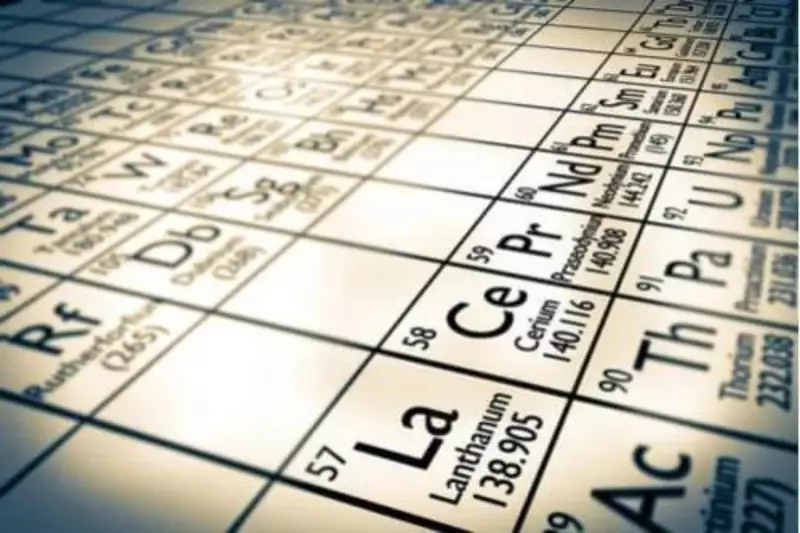
Major Mineral Discovery in Western Australia
Mount Ridley Mines has uncovered an extensive 33-kilometre corridor of untested rare earths and gallium targets at its Grass Patch Complex located north of Esperance in Western Australia. The breakthrough came after the company completed a comprehensive review of modern geophysical datasets, revealing multiple new structural and lithological corridors that have never been drilled.
Expanding Resource Potential
The newly identified targets stretch along a significant 33-kilometre belt that connects known gallium-heavy rare earths mineralisation across Blocks 1, 2 and 3. These blocks sit within the broader Grass Patch Complex, which is recognised as a distinctive magnetic and gravity high interpreted as a mafic-intrusive-driven system.
The project area already hosts an impressive 838.7-million-tonne mega gallium resource along with a separate 168-million-tonne inferred rare earths resource across the three blocks. The newly mapped corridors are positioned adjacent to, and in some areas directly along strike from, the two established gallium mineral resource zones in Blocks 1 and 2.
These known zones together contain more than 16,000 tonnes of contained gallium metal. Meanwhile, Block 3 to the east already carries the rare earths resource at the Mia Prospect, reported at 1,201 parts per million total rare earth oxides above a 750ppm cut-off, confirming the system's multi-element character.
Untapped Exploration Opportunity
Company management explains that the newly defined targets share the same geological controls that underpin the established mineralised zones. These involve regolith-hosted enrichment overlying alkali-enriched gabbroic intrusions within the Grass Patch Complex.
Approximately 80 percent of the Grass Patch Complex remains undrilled, despite the project already ranking among the world's larger gallium systems. Historical drilling by the company largely stopped at the top of fresh rock, meaning most of the deeper structural architecture remains completely untouched.
The recent geophysical review integrated gravity, magnetics and radiometrics data to refine the structural picture across the central parts of the project. Mount Ridley plans to use this new framework to rank drill targets for follow-up work, including deeper air-core and potential reverse-circulation drilling to test basement controls.
Importantly, the new target corridors extend well beyond the limits of current resource areas and, according to company maps, cover portions of its recently expanded tenure. Mount Ridley now controls the entire Grass Patch Complex after lodging applications that expanded its footprint to more than 1,069 square kilometres and increased total strike coverage to about 68 kilometres.
This 33-kilometre run of fresh targets across ground already hosting significant gallium and rare earths mineralisation represents a substantial opportunity for the company. If even a handful of these corridors return the multi-element numbers seen in Blocks 1 through 3, the project could rapidly develop into a major mineral province.





